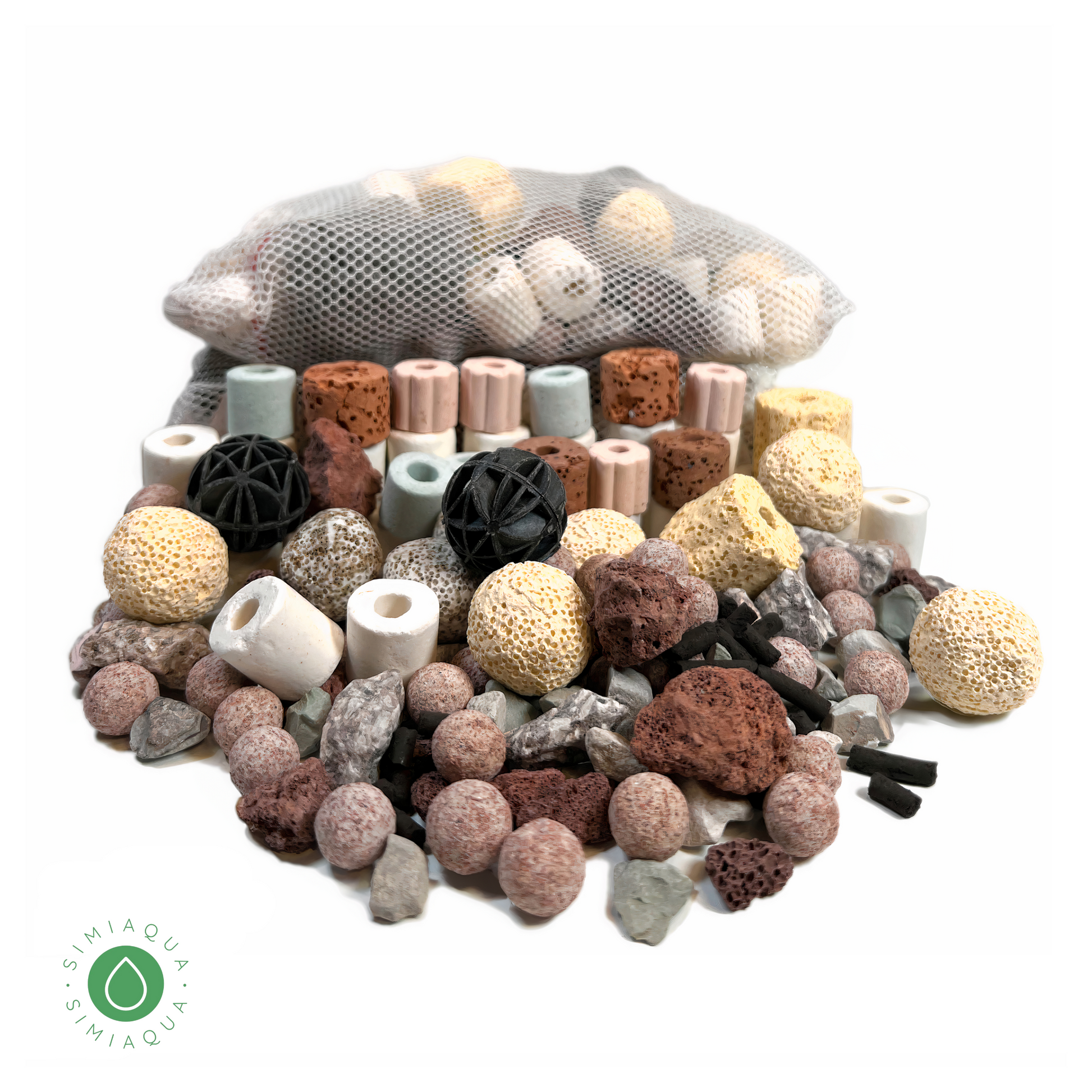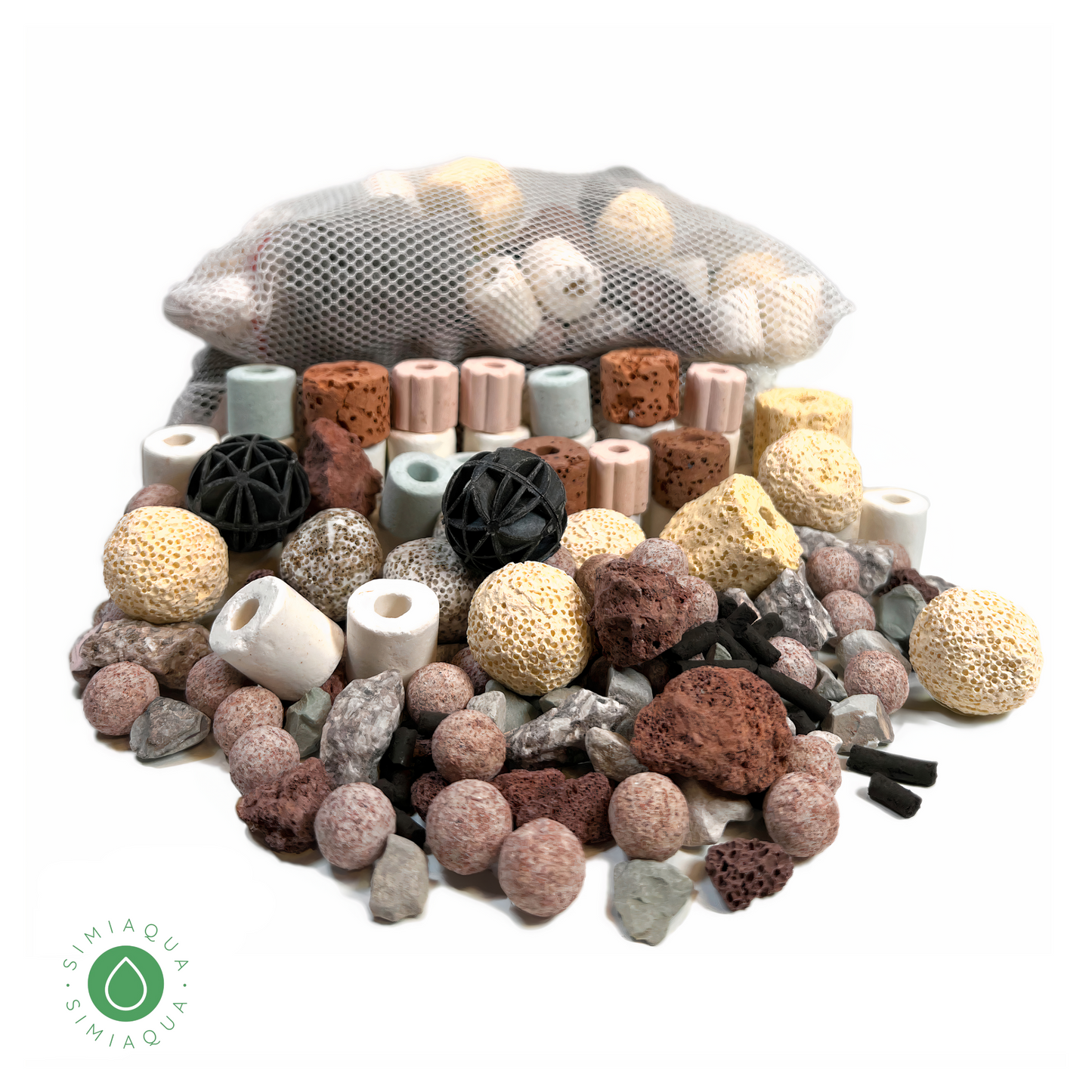
7 Tips for Reducing the Fishy Smell of Your Aquarium in Your Living Room
Share
Maintaining a clean and healthy aquarium is important for the well-being of your fish, but it can also be a challenge to keep the tank from affecting the overall smell of your home. Here are a few tips to help reduce the fishy smell in your living room:
-
Use a high-quality filter: A good filter will help to remove waste and other contaminants from the water, which can help to reduce the overall smell of the tank. Make sure to clean and maintain the filter regularly to keep it working efficiently.
-
Perform regular water changes: Regular water changes can help to remove excess waste and ammonia from the tank, which can contribute to the fishy smell. Aim to change about 25% of the water every week.
-
Use a dechlorinator: Chlorine and other chemicals in tap water can contribute to the overall smell of the tank. Use a dechlorinator when adding tap water to the tank to remove these chemicals and improve the overall water quality.
-
Avoid overfeeding: Excess food can lead to more waste production, which can contribute to the fishy smell. Be sure to follow the feeding guidelines for your specific fish species and only feed as much as they can consume in a few minutes.
-
Use air stones and/or a protein skimmer: These devices can help to improve the circulation and oxygenation of the water, which can help to reduce the overall smell of the tank.
-
Keep the tank clean: Make sure to regularly clean the inside of the tank and the gravel or substrate to remove any accumulated waste or debris.
In addition to these tips, you can also try using air fresheners or scented candles to help mask the fishy smell in your living room. Just be sure to keep these products away from the tank and out of reach of your fish.
By following these tips and maintaining a clean and healthy tank, you can help to reduce the fishy smell in your home and enjoy your beautiful aquarium.







